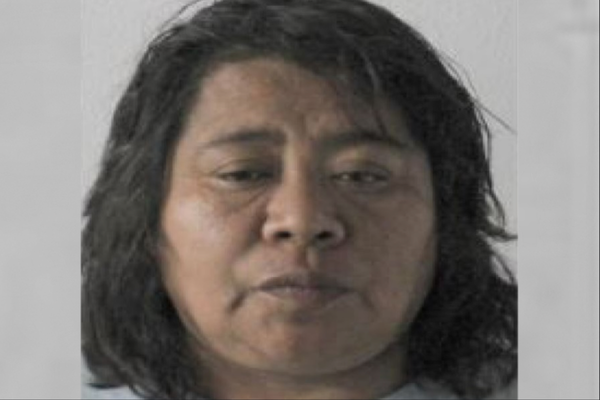
Electronic monitoring is being considered to help clear the “intractable” caseload of people in immigration detention, according to a document released under freedom of information.
According to an August briefing note, surveillance is among alternatives to immigration detention under consideration by the home affairs department. These also include better risk assessment, an independent panel to advise on the release of people in detention and a “step-down” model into community detention.
In September Guardian Australia revealed the Albanese government had conducted consultation on alternatives to detention as part of what the immigration minister, Andrew Giles, describes as its commitment to “risk-based” policies.
The note reveals that in May there were 1,394 people in detention, a figure that has since fallen to 1,285 due to releases into the community and borders reopening, allowing third-country resettlement.
In May the average length of time in detention was 843 days and there were 570 detainees who had been detained for two years or more.
According to the incoming ministerial brief released in August, 61% of people were in detention because their visa had been cancelled and 14% were “unauthorised maritime arrivals”.
It said 80% of detainees were assessed as “high to extreme risk”, including because their visas were cancelled, and 89% had a criminal history.
The briefing note reveals that in March 2020, the former secretary of the Attorney General’s Department Robert Cornall delivered an independent detention case review to the Morrison government.
It recommended that the department explore the development of an “individual dynamic risk assessment capability to consider the release of detainees into the community”.
In response, the department started the “alternatives to held detention” program, which in its first phase conducted research on “international detention models, the use of parole and bail in domestic jurisdictions, dynamic risk assessment models, and how electronic monitoring could be utilised in an immigration context”.
Electronic monitoring includes use of technology including ankle bracelets, voice-matching and facial recognition.
Among the “key initiatives being further explored” in the second phase of the program is “residence determination and bridging visa conditions, compliance and electronic monitoring”.
A residence determination is a ministerial order that a person live at a specified place in the community instead of being held in immigration detention.
Ensuring compliance with conditions “may require the implementation of a strengthened support, compliance and monitoring framework”, the note said.
Guardian Australia understands the government is unlikely to agree to electronic monitoring due to concerns about its effectiveness and its impact on mental health from use in Canada – although no final decision has been made.
Other possible measures include a “qualified independent panel … to conduct a more nuanced assessment of a detainee’s risk, including risks related to their physical and mental health”.
A “step-down model” would allow people to “initially transition from a held immigration detention environment to residence determination for a period of time, particularly for those people who have been in detention for a long period and may need greater support to transition to living in the community”.
In September Giles said the government was “committed to ensuring humane and risk-based immigration detention policies”.
“If there are no security or safety concerns, individuals should be living in the community until a durable solution is finalised,” he said.
The government’s alternatives to detention program has won praise from advocates including the Asylum Seeker Resource Centre and Refugee Council of Australia.
On Monday Guardian Australia revealed at least eight Bangladeshi asylum seekers had been released from immigration detention after a decade, a move that signalled the government is winding back the use of detention, according to a lawyer for some of the men.







